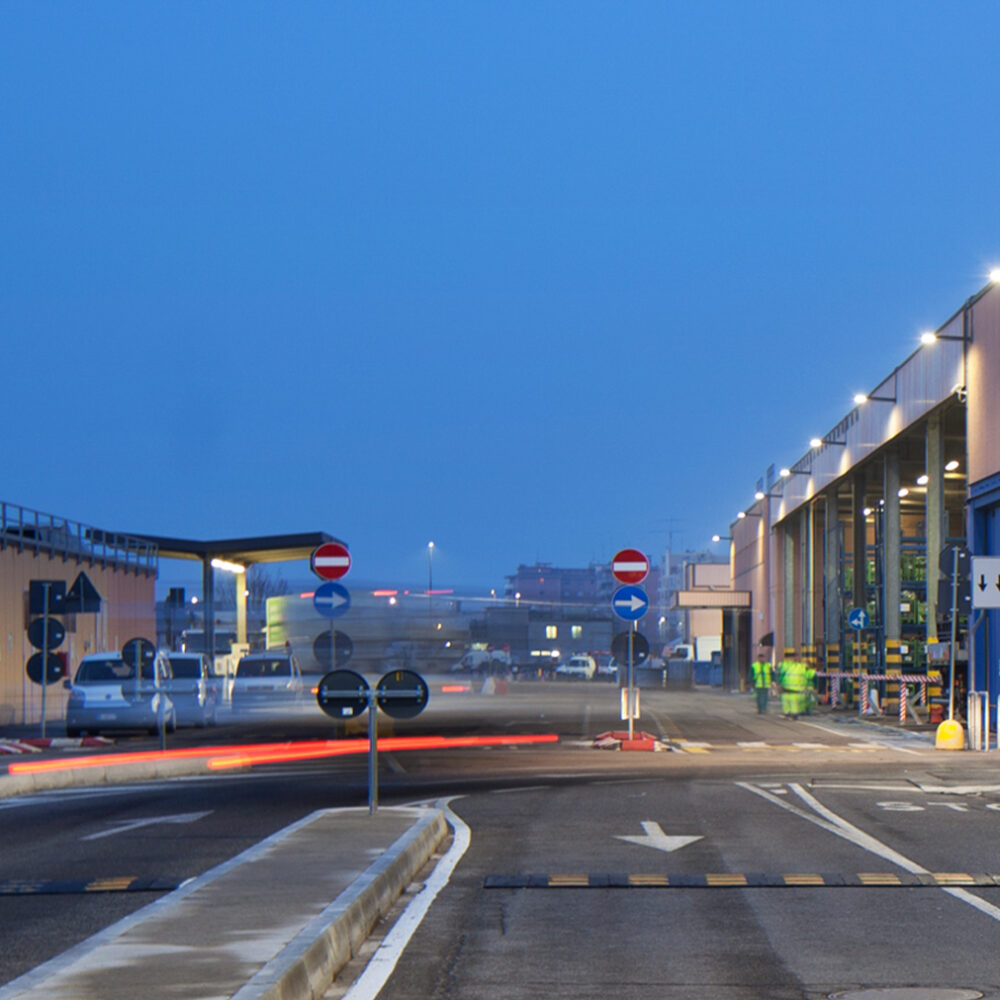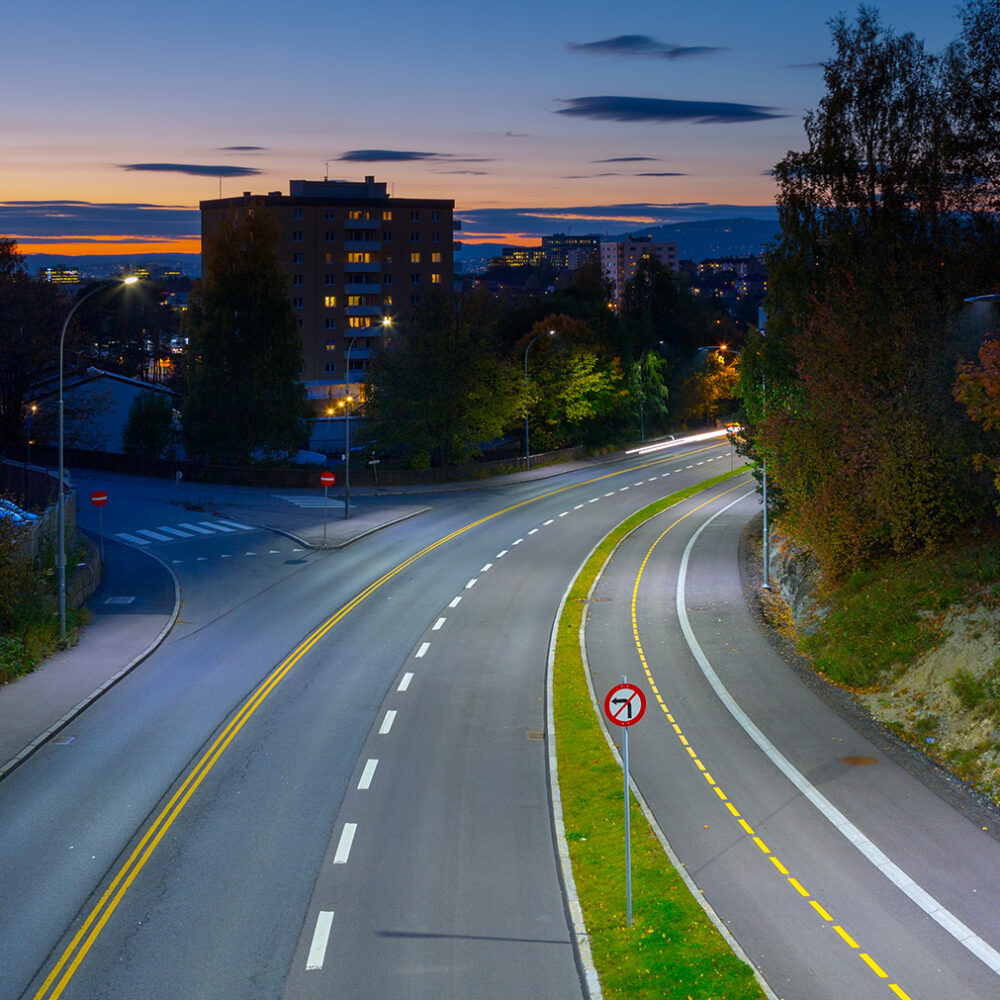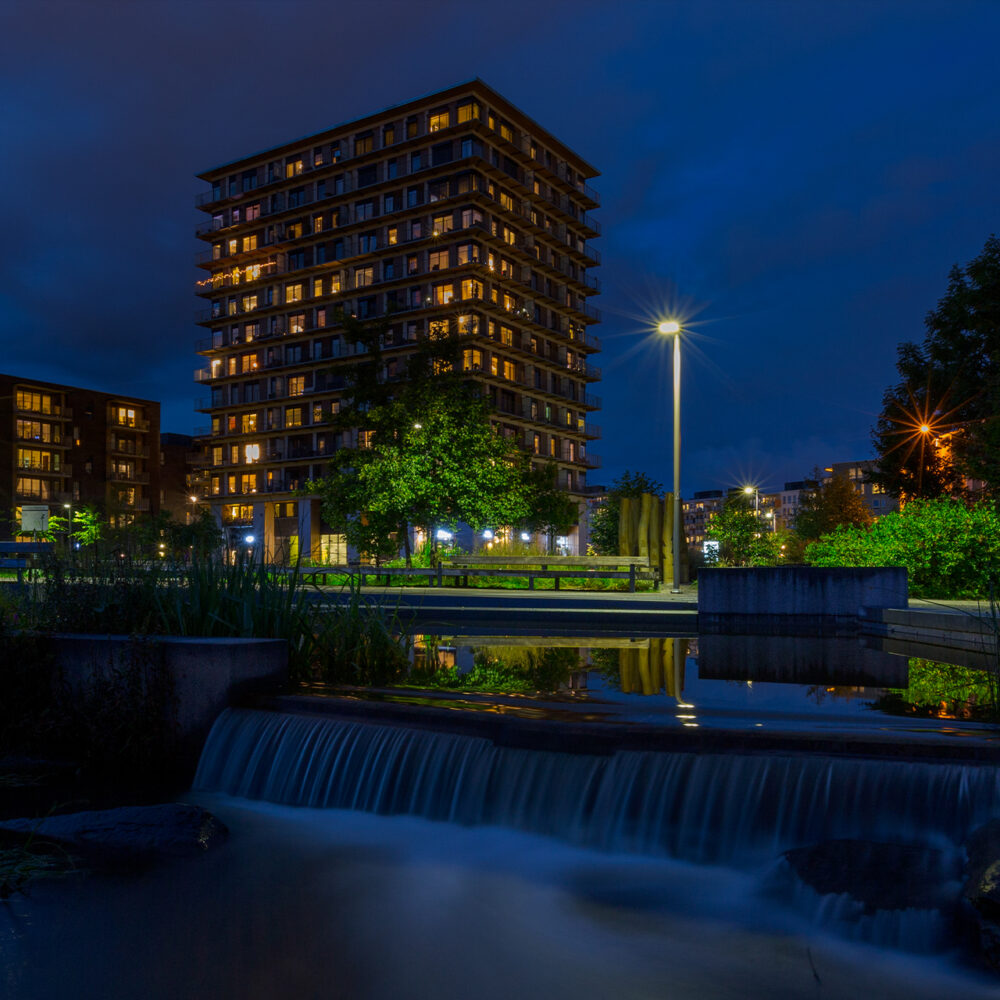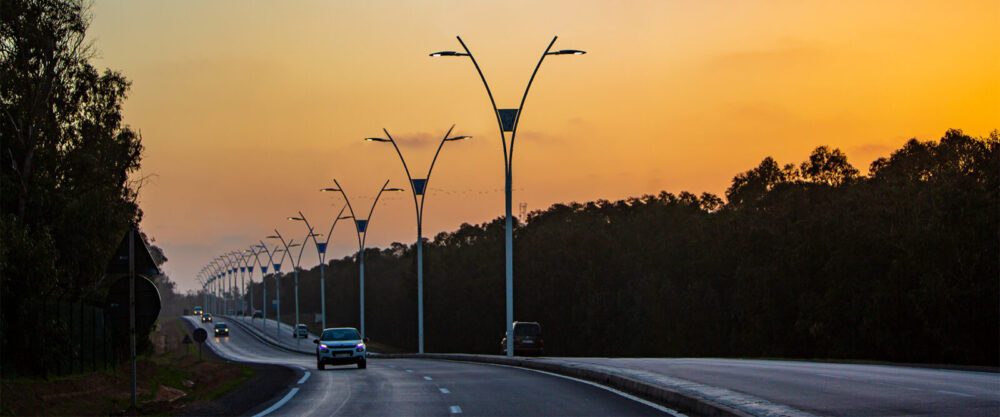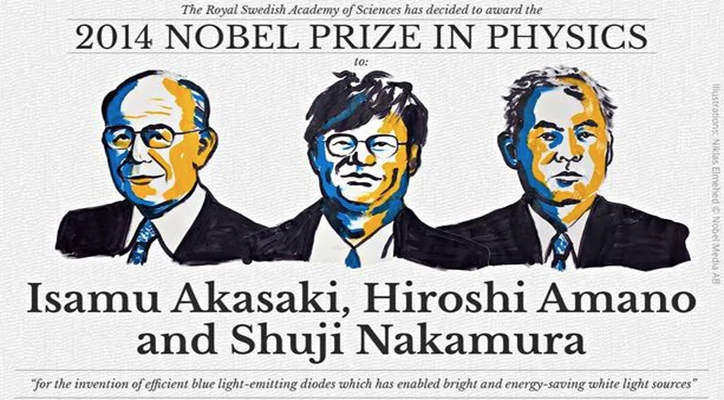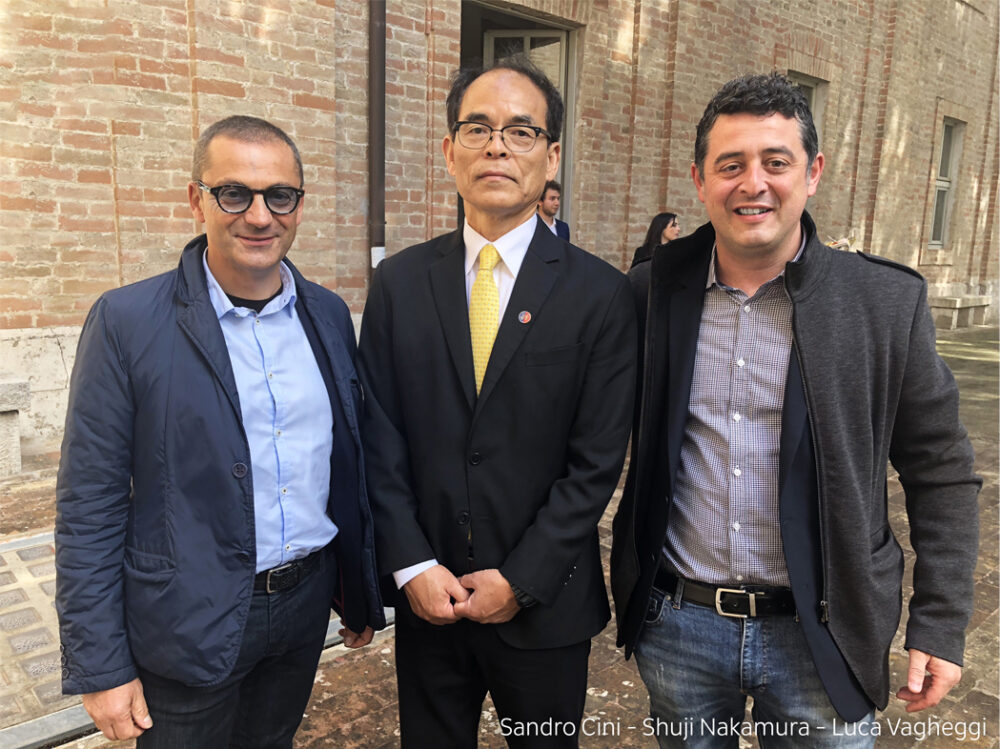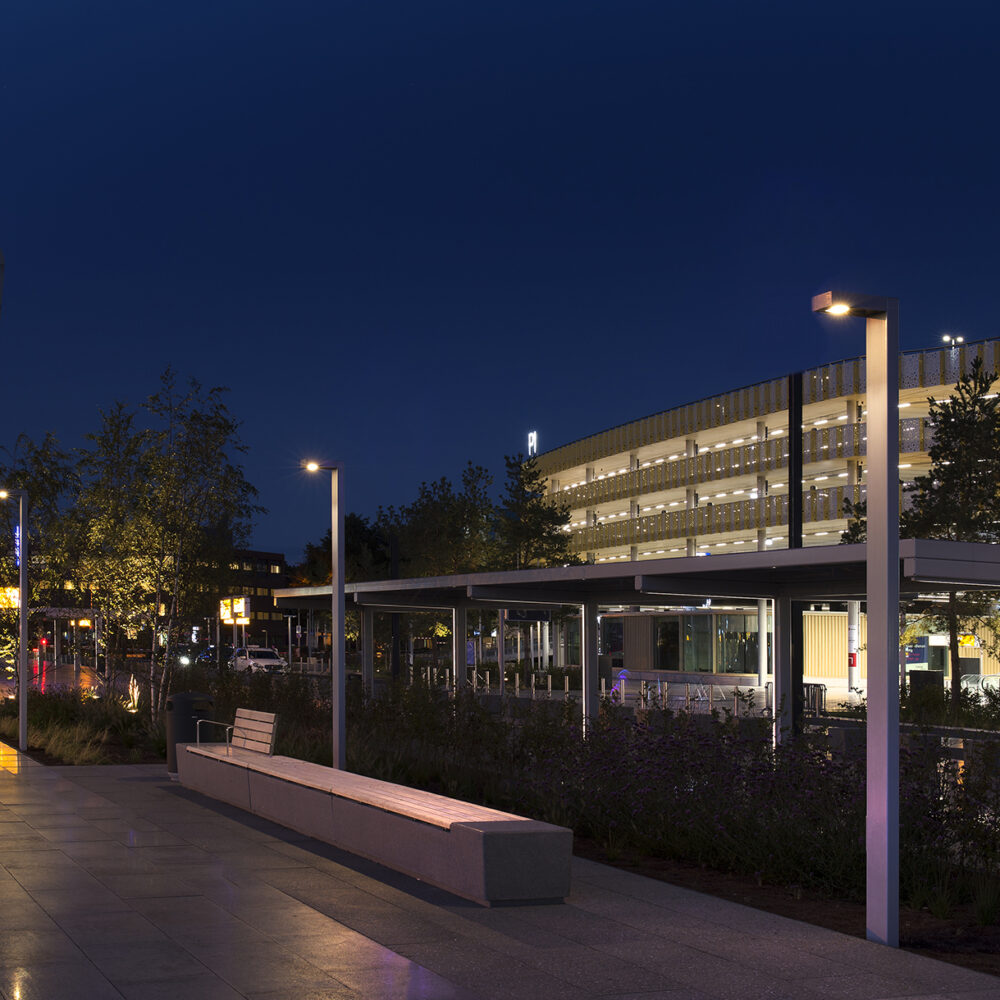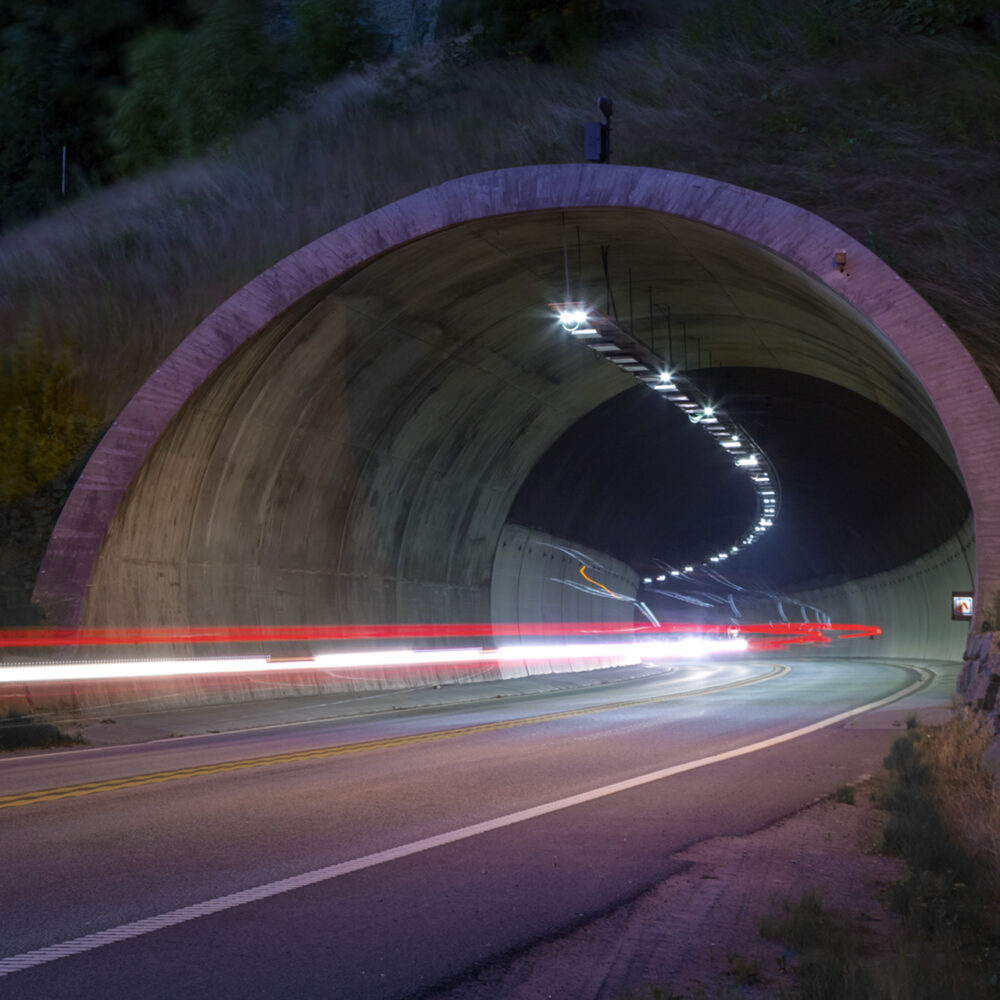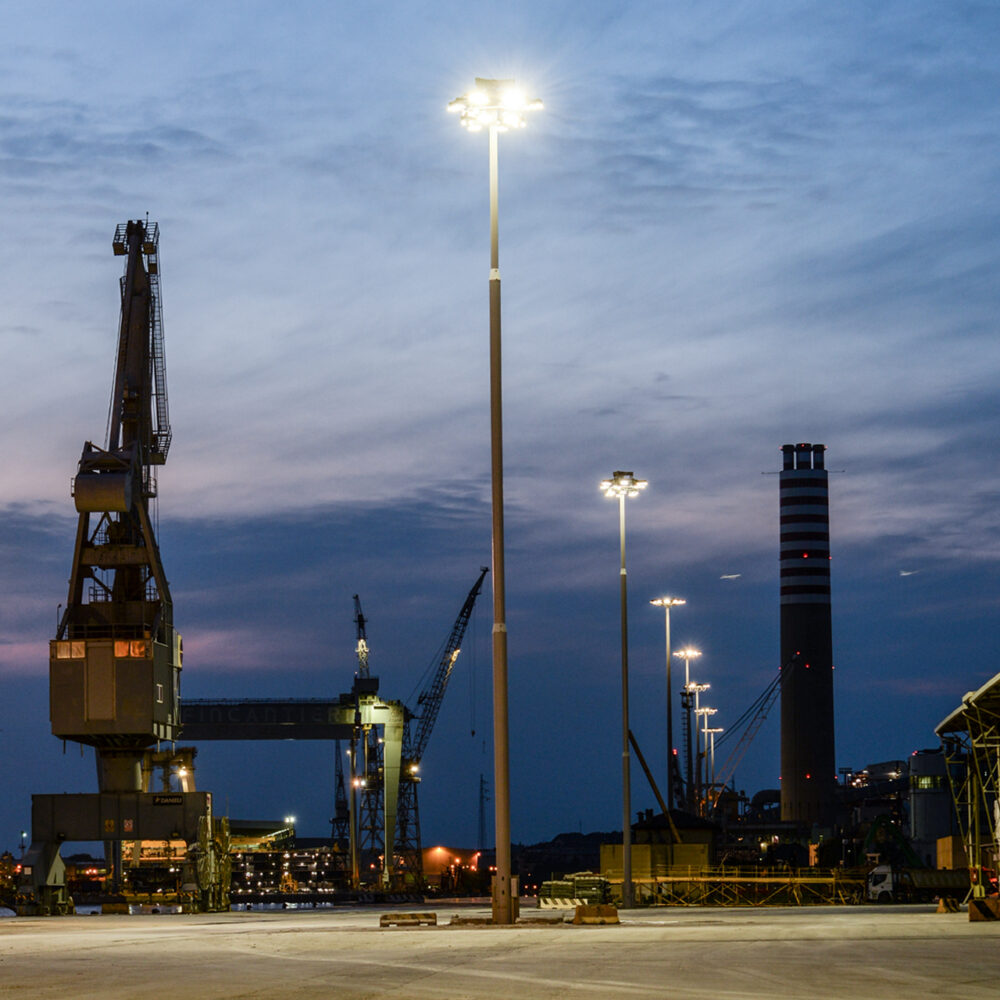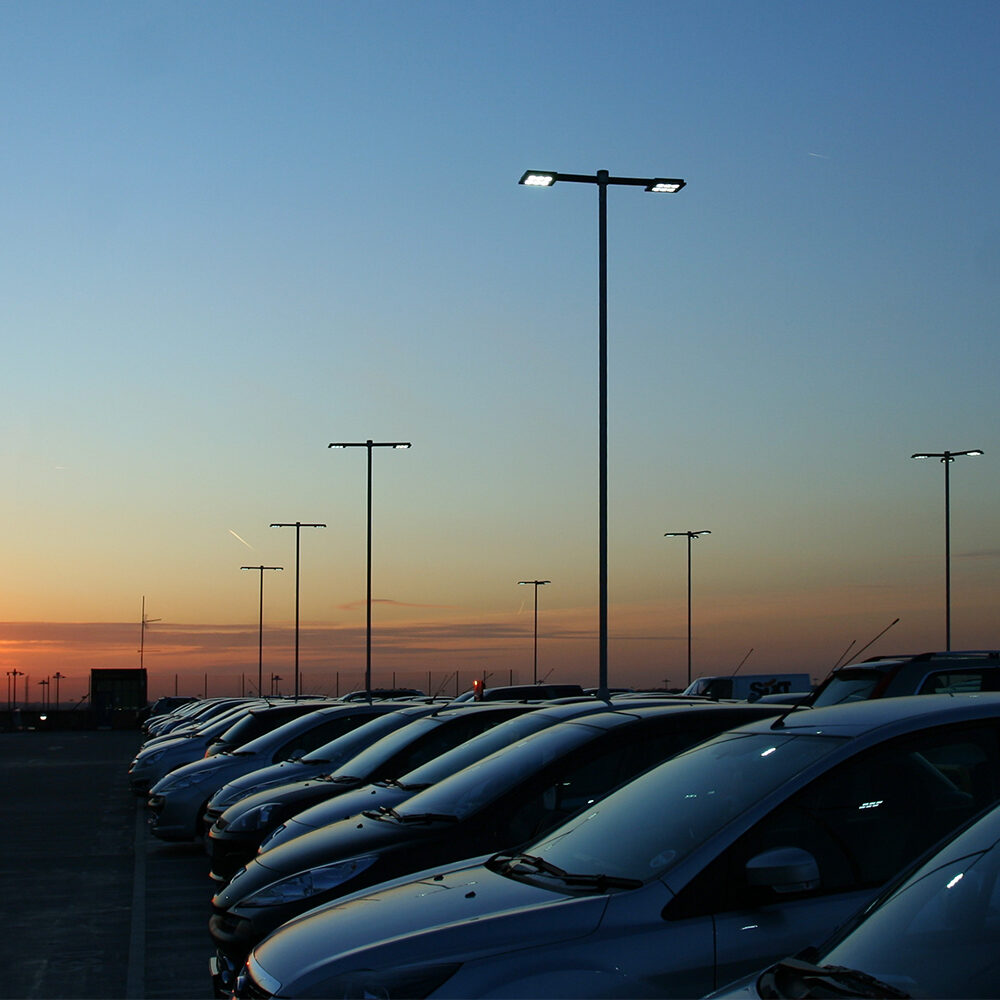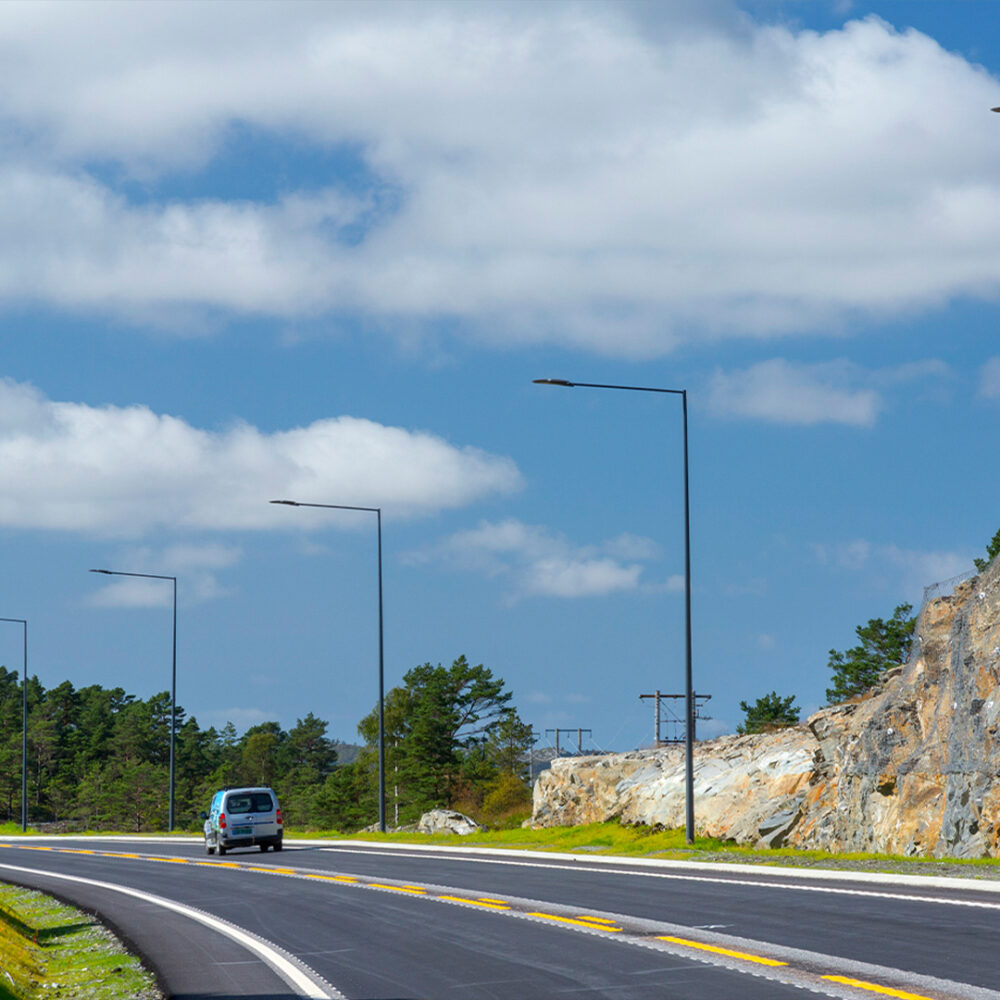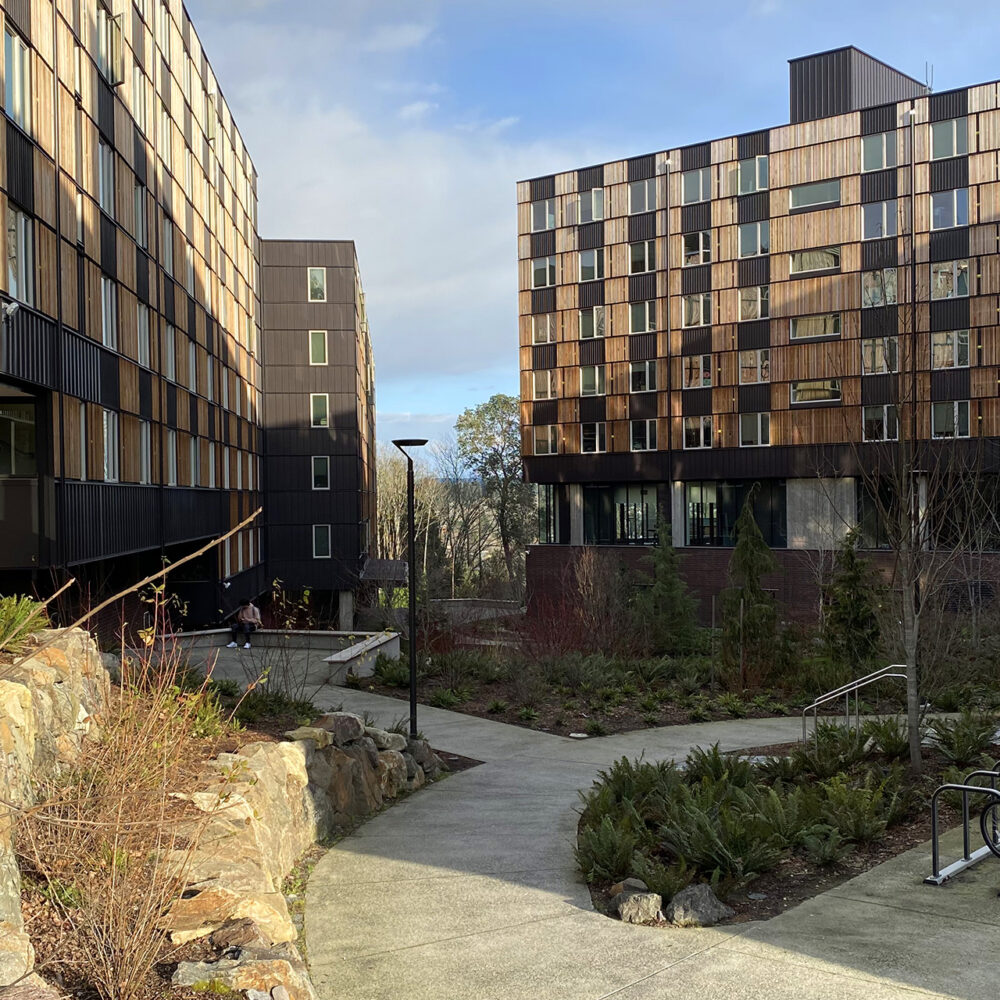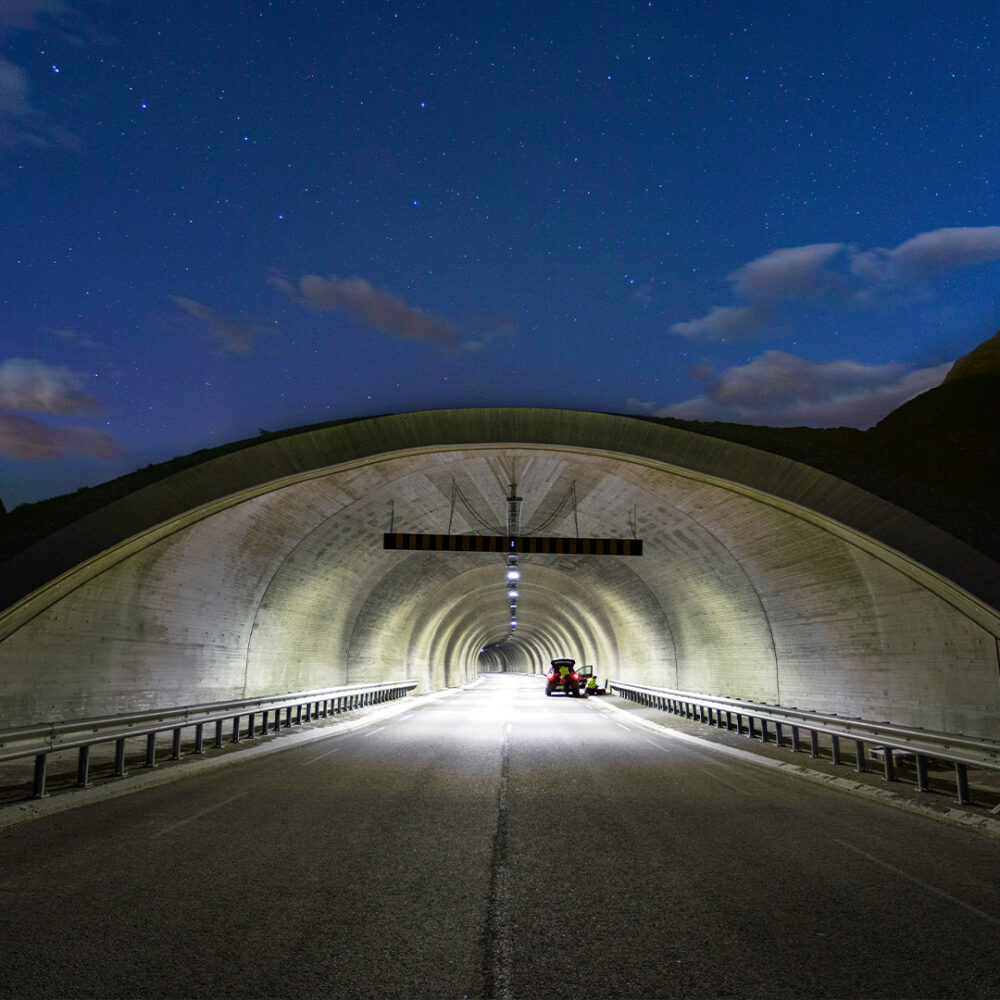Why do we use Kelvin degrees to indicate colour temperature?
The colour temperature, as we have seen, is a scientific value, expressed in Kelvin degrees, which we associate with the different colour shades of the light emitted by a lighting fixture. On a scale ranging from 1000 to 12,000 the higher the number of degrees Kelvin, the bluer (cold) the light will appear vice versa, the lower the number of degrees Kelvin, the more the light will tend to yellow (warm). In physics, Kelvin degrees are used because it is the same unit of measurement that defines the temperature at which stars burn. The stars, in fact, emit light by burning large quantities of gas. The temperature at which these gases burn is measured in degrees Kelvin and, as the temperature changes, the colour that the star emits also changes: colours ranging from yellow, white and blue. For example, if a star burns at temperatures ranging from 2700K to 4000K, it is a yellow star.

